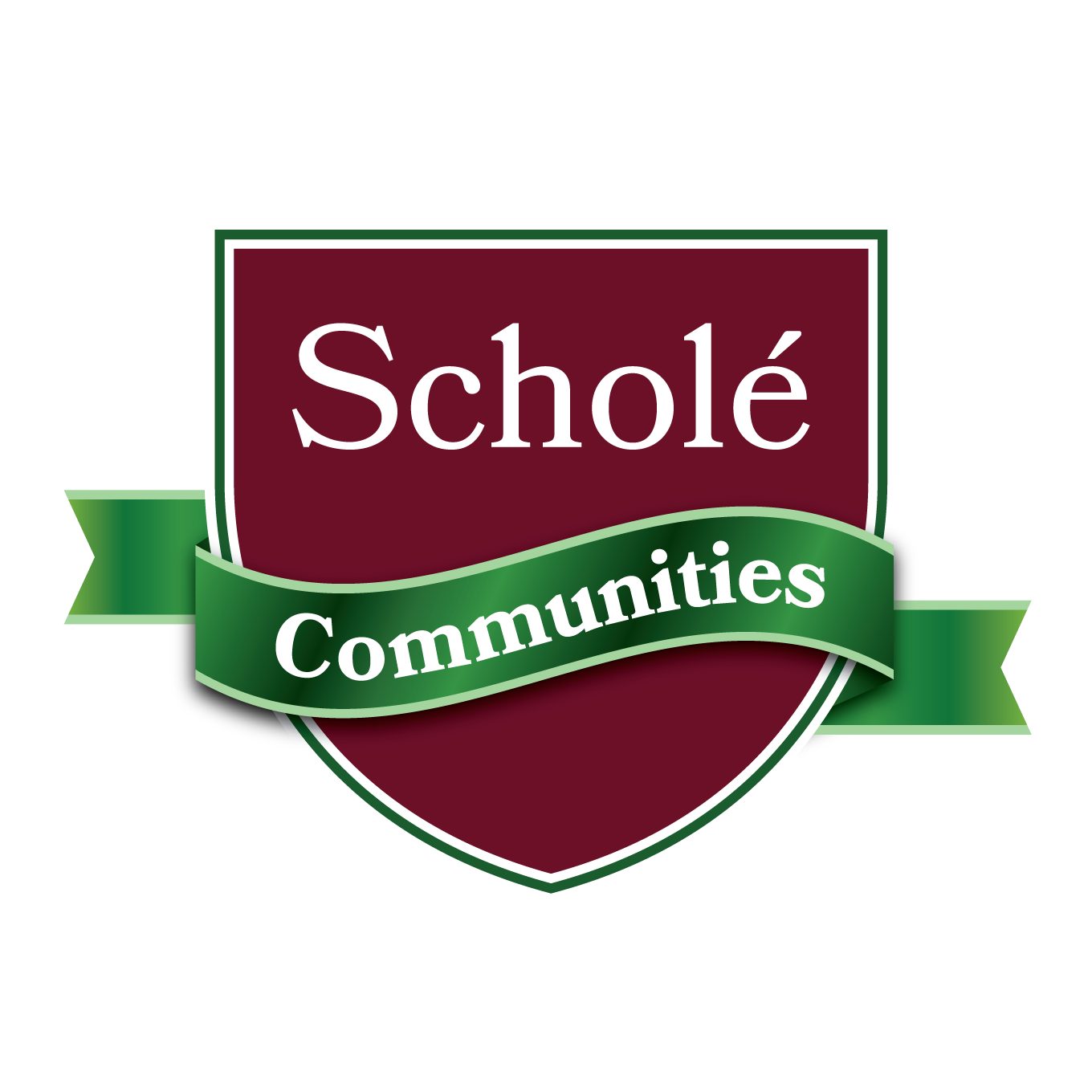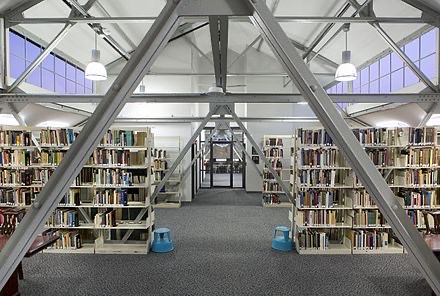
American College of the Building Arts (ACBA) is a private four-year liberal arts and sciences college located in Charleston, South Carolina. It is licensed by the South Carolina Commission on Higher Education to grant a Bachelor of Applied Science and an Associate of Applied Science in six craft specializations in the building arts.
The college’s model is unique in the United States, with its focus on total integration of a liberal arts and science education and the traditional building arts skills. Students choose from among six craft specializations: timber framing, architectural carpentry, plaster, classical architecture, blacksmithing and stone carving.
ACBA’s stated mission is to educate and train artisans in the traditional building arts in order to foster exceptional craftsmanship and encourage the preservation, enrichment and understanding of the world’s architectural heritage through a liberal arts and science education.
Current students come from more than 30 states. One quarter of the student body is female and one fifth are veterans. The majority of students have secured employment in their respective trades prior to graduation, aided by expertise gained from their education and externship experiences, critical analysis and deep knowledge base in preservation, restoration and appropriate materials needed in each of their chosen fields. The interdisciplinary approach allows graduates to be as educated as the architects with whom they work.
Mission
The American College of the Building Arts educates and trains artisans in the traditional building arts to foster exceptional craftsmanship and encourage the preservation, enrichment, and understanding of the world’s architectural heritage through a liberal arts education.
Vision
The American College of the Building Arts will be the leading resource in higher education dedicated to the innovative and continued practice, study and promotion of the Building Arts.
To achieve ACBA’s mission we will be governed by the following five strategic objectives:
- Life: Long-term success will be based upon the development of a committed and
inspired community which is dedicated to fulfill the mission of the College. - Achieve and Excel: Establish accredited academic programs that result in
superior student competencies in a “Liberal Arts and Building Arts” major that affords our students a range of post-graduation options and offers exceptional
opportunities for the College’s broader constituents. - Learning Objectives: Seek opportunities to create or establish successful
educational learning outcomes. - Outreach and Development of Educated Artisans: Inspire future students and
supporters by encouraging and promoting the Building Arts in the United States
and throughout the world. - Resources: Identify, develop, and manage resources whether human, economic,
or physical in order to meet the mission that ensures directed growth of the
institution.

History
American College of the Building Arts was founded in the aftermath of Hurricane Hugo, which struck the Southeastern coast of the United States in 1989. The devastating category four hurricane damaged or destroyed many historical coastal-Carolina buildings and left much of Charleston’s iron, plaster and fine wood work in disrepair. It took ten years to rebuild and restore the city’s damaged homes and historical buildings, in part, because of a shortage of skilled artisans. In 1999, in response to this gap in the building arts, a group of local movers and shakers planted the seeds that led to the founding of ACBA.
Initially, classes and workshops that focused on the building arts were offered at a number of different Charleston area locations. However, the original educational model proved difficult to execute, and the college founders regrouped to establish a degree-granting college, integrating the American liberal arts degree model with the artisan teaching styles of Europe. In 2004, ACBA was licensed by the South Carolina Commission on Higher Education to recruit students for a Bachelor of Applied Science and an Associate of Applied Science in the building arts. In 2009 the college awarded its first degrees to seven students. During these same years, ACBA reconfigured its administration, hiring current president, Lt. Gen. (Ret.) Colby M. Broadwater IIl and other administrative team members with strong business experience.

Campus History
The first classes were offered at several different locations in and around the city of Charleston, including the Old Charleston District Jail, which became the college’s primary location for 17 years. Carpentry and forged architectural iron craft specializations were housed at a separate site. The Jail was originally constructed in 1802 and expanded in 1855 to include living quarters for the warden and jailers on the street side and an octagonal rear wing. Many infamous inmates were housed in the prison, including high seas pirates, the female mass murderer Lavinia Fischer and Denmark Vesey, a free African American who plotted a slave rebellion that was discovered before it could be executed. During the Civil War both Confederate and Union prisoners were incarcerated within its walls. Although it had no electricity or running water, the jail housed prisoners until it was decommissioned in 1939. During the years spent occupying and renovating the jail, the college viewed itself as caretaker of the building and its rich history. As part of ACBA’s living learning laboratory, faculty members led students in assessing needs and proper methods of restoration, preservation and reconstruction. Having outgrown its existing facilities, ACBA launched a major fundraising effort in 2014 to establish a single, expanded campus that could consolidate the teaching of all trades under one roof. With a major donation from Parallel Capital and from Russell and Betty Joan Hitt, founders of Virginia-based HITT Contracting, early supporters of ACBA, the college raised funds to purchase and renovate the abandoned Charleston Trolley Bam on Upper Meeting Street. On May 7, 2015, 150 people attended the ground breaking ceremony.
It took just over one year and approximately $6 million to build the new ACBA campus that was formally opened in October 2016. The newly repurposed building maintains the historical ethos of the original structure while providing the students with modern academic and workshop space. Approximately 39,000 square feet were carved out of the barn’s original 24,000 square foot footprint. The front third of the three-story building houses an exhibition lobby, administrative offices, classrooms, labs and a community room available to local civic groups. Workshops and trade classrooms are located in the back two-thirds of the building. A student lounge, faculty offices and conference spaces occupy the second floor. The third floor rafters house the computer lab and ACBA’s unique library and its special collections.
Pictures from Wikimedia Commons and licensed under the Creative Commons Attribution-Share Alike 4.0 International license.
Join Scholé Communities On Facebook & ClassicalU!
Join Scholé Communities as we share and support each other in community in the Contemplating Scholé Facebook Group!
We also invite you to join in the scholé conversation on ClassicalU- Restful Learning (Scholé) Group!

